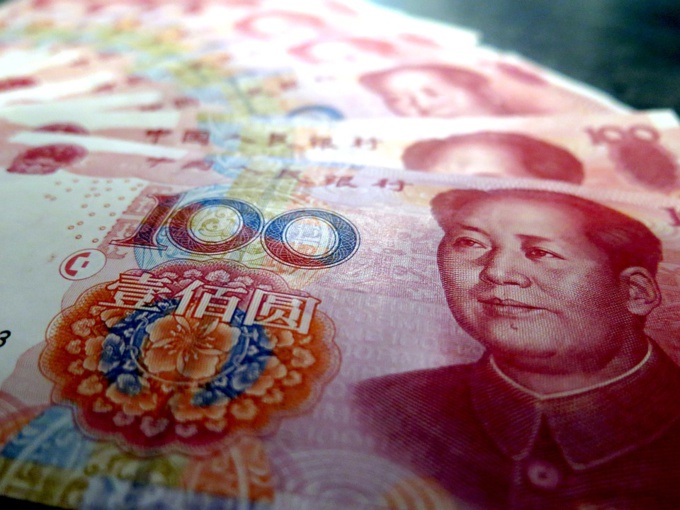For the first time since the beginning of the year, the Central Bank of China set the yuan rate above ¥ 6.9 for $ 1 (¥6.9225 against ¥6.8996 for $ 1 on Friday). At the exchange trading, the Chinese currency fell by 1.4%, its rate exceeded ¥7 =for $ 1 for the first time since 2008. In its statement, the regulator pointed out that the rate was under pressure from "unilateral and protectionist measures of the United States." At the same time, President of the People’s Bank of China Yi Gang said that China will not intentionally depreciate the renminbi or use its currency as a weapon in a trade war. “The current RMB exchange rate is in line with the fundamental indicators of the Chinese economy and the balance of supply and demand in the market,” he noted in a statement on the Central Bank website.
The China-US trade disputes resulted in a drop in stock quotes (the S&P 500 index fell more than 2% on Monday); oil has fallen by almost 6% since Thursday. US President Donald Trump reacted to the appreciation of the renminbi, calling it "currency manipulation" and indicating that it would weaken the Chinese economy. In May 2019, the US Treasury did not assign China the status of a currency manipulator, and only pledged to monitor the situation.
Recall that on August 1, Donald Trump unexpectedly announced his intention to impose ten percent duties on the remaining volume of Chinese imports of about $ 325 billion from September 1, despite the agreements reached at a bilateral meeting with Chinese President Xi Jinping at the end of June in Osaka. Then the US promised to continue negotiations and not introduce new duties, but the next round of negotiations held in Shanghai last week was unsuccessful. In contrast to the previously introduced duties, which dealt primarily with industrial goods and components, now the increase in tariffs is aimed at avarious consumer goods.
Now the total volume of deliveries of the two countries, which are subject to increased tariffs, is equal to $ 360 billion, of which $ 110 billion falls on US exports to China.
Beijing has already promised to introduce retaliatory measures if duties are still to be raised, and also have refused promises to increase purchases of agricultural products.
It is expected that restrictions may affect American companies in the country. Beijing also announced their intention to prepare a list of "unreliable partners" among American business. So far, despite the effect of duties, China's surplus in trade with the United States keeps growing. In the first half of this year it increased to $ 140.48 billion against $ 133.76 billion last year. In June, imports of American goods to China fell by 31.4%, while exports to the United States - only by 7.8%.
source: cnbc.com
The China-US trade disputes resulted in a drop in stock quotes (the S&P 500 index fell more than 2% on Monday); oil has fallen by almost 6% since Thursday. US President Donald Trump reacted to the appreciation of the renminbi, calling it "currency manipulation" and indicating that it would weaken the Chinese economy. In May 2019, the US Treasury did not assign China the status of a currency manipulator, and only pledged to monitor the situation.
Recall that on August 1, Donald Trump unexpectedly announced his intention to impose ten percent duties on the remaining volume of Chinese imports of about $ 325 billion from September 1, despite the agreements reached at a bilateral meeting with Chinese President Xi Jinping at the end of June in Osaka. Then the US promised to continue negotiations and not introduce new duties, but the next round of negotiations held in Shanghai last week was unsuccessful. In contrast to the previously introduced duties, which dealt primarily with industrial goods and components, now the increase in tariffs is aimed at avarious consumer goods.
Now the total volume of deliveries of the two countries, which are subject to increased tariffs, is equal to $ 360 billion, of which $ 110 billion falls on US exports to China.
Beijing has already promised to introduce retaliatory measures if duties are still to be raised, and also have refused promises to increase purchases of agricultural products.
It is expected that restrictions may affect American companies in the country. Beijing also announced their intention to prepare a list of "unreliable partners" among American business. So far, despite the effect of duties, China's surplus in trade with the United States keeps growing. In the first half of this year it increased to $ 140.48 billion against $ 133.76 billion last year. In June, imports of American goods to China fell by 31.4%, while exports to the United States - only by 7.8%.
source: cnbc.com



















